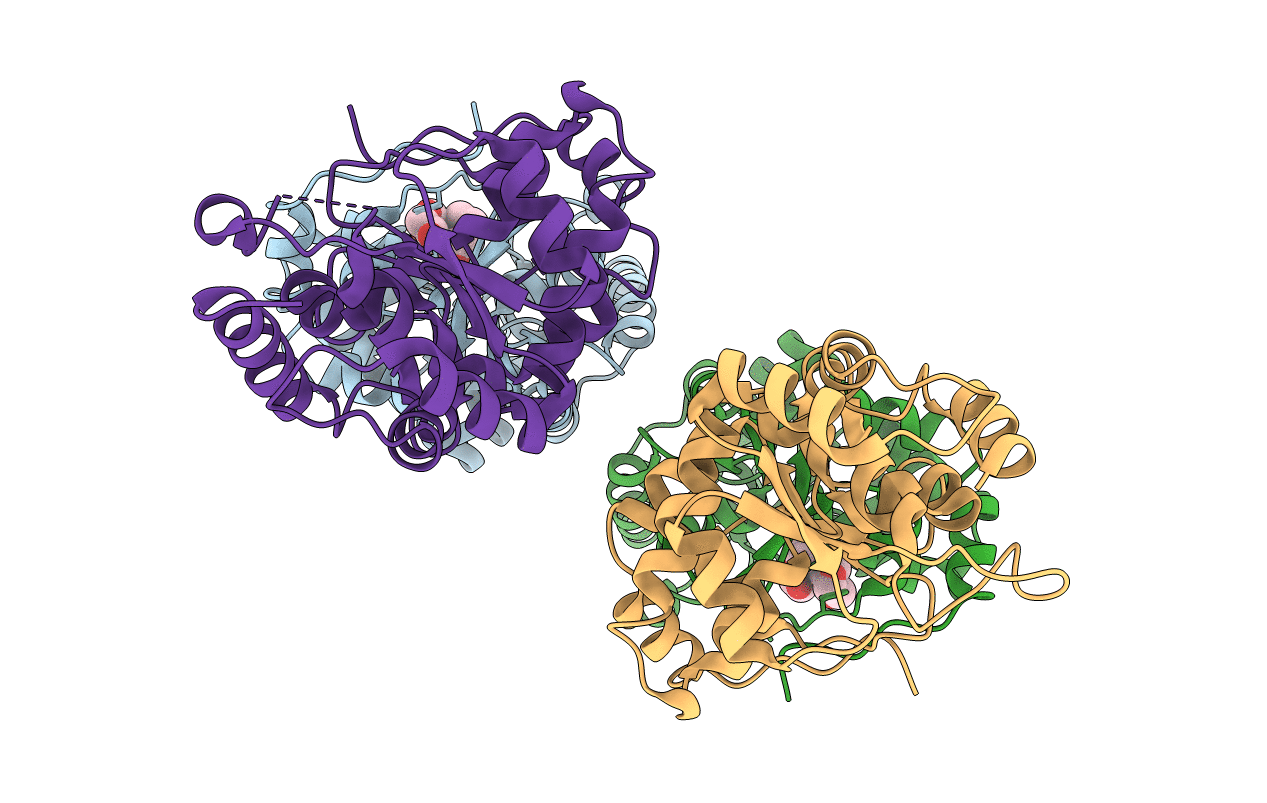
Deposition Date
2013-05-28
Release Date
2013-08-21
Last Version Date
2023-12-20
Entry Detail
PDB ID:
4BPT
Keywords:
Title:
Structural and thermodynamic insight into phenylalanine hydroxylase from the human pathogen Legionella pneumophila
Biological Source:
Source Organism:
LEGIONELLA PNEUMOPHILA (Taxon ID: 446)
Host Organism:
Method Details:
Experimental Method:
Resolution:
2.50 Å
R-Value Free:
0.30
R-Value Work:
0.26
R-Value Observed:
0.26
Space Group:
P 1 21 1


